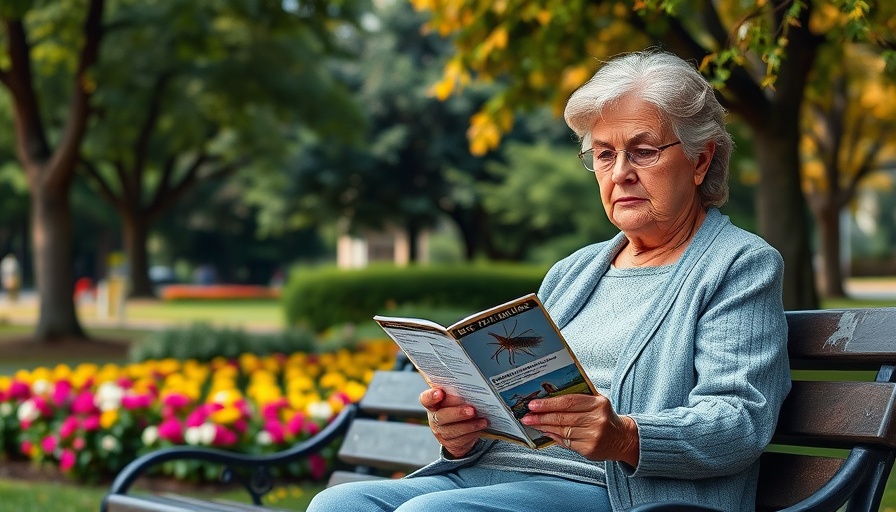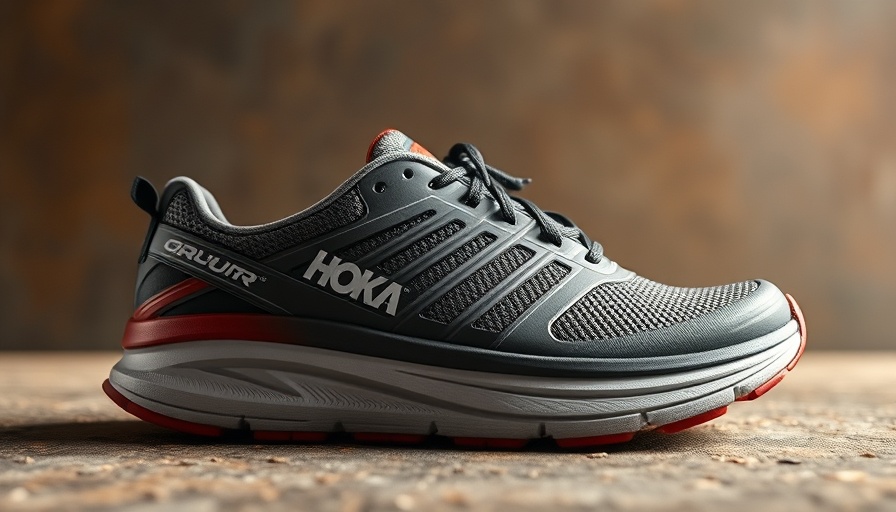
Understanding the West Nile Virus: A Growing Concern for Seniors
Recently, Italy has seen a shocking rise in fatalities related to the West Nile virus, with reports of nine deaths attributed to this mosquito-borne illness. As the virus continues to spread, understanding its implications has never been more critical, especially for older adults who are more vulnerable to severe complications.
What is the West Nile Virus?
The West Nile virus, initially identified in Uganda in 1937, is primarily spread through mosquito bites. Symptoms can range from mild flu-like signs to severe neurological issues such as encephalitis or meningitis. Individuals over the age of 60 or those with underlying health conditions are at the highest risk of severe illness.
The Rise in Cases: Why Now?
This troubling increase in cases can partly be attributed to climate change, which affects mosquito breeding and lifespan, leading to longer periods of the year when they can transmit diseases. In 2023, a particularly warm summer has been linked to the surge in cases across Europe.
Social Connection: Why Awareness is Vital
Many seniors might be unaware of the serious implications the West Nile virus can carry. This is where community awareness becomes crucial. Health organizations emphasize educating older adults about protective measures to avoid mosquito bites, such as using repellent, wearing long sleeves, and ensuring their living spaces are free from standing water.
Practical Insights: Preventive Measures You Can Take
Protecting oneself from West Nile virus boils down to simple yet effective steps. Firstly, using EPA-registered insect repellents is advisable. Secondly, wearing light-colored clothing that covers skin can minimize exposure. Finally, keeping windows and doors screened can further reduce mosquito access to living spaces.
Future Predictions: What Lies Ahead?
Experts predict that incidents of West Nile virus may rise in the coming years as climate instability continues to alter mosquito behavior and life cycles. This trend underscores the importance of ongoing public health surveillance and community preparedness to respond effectively to outbreaks.
Coping with the Anxiety of Viral Threats
For many seniors, the COVID-19 pandemic has heightened anxiety around health threats, making it essential to focus on mental health. Engaging in community activities, connecting with loved ones, and maintaining proper health check-ups can promote mental resilience.
Conclusion: Take Action Now to Stay Safe
As we navigate this concerning wave of West Nile virus cases, awareness and preparation are our best defenses. With simple preventive actions, seniors can protect themselves from the threat posed by this mosquito-borne illness. Stay informed, stay vigilant, and remember, your health is your wealth. For more information on maintaining a healthy lifestyle, consider connecting with your local health department or senior support groups.
 Rij toevoegen
Rij toevoegen






Write A Comment